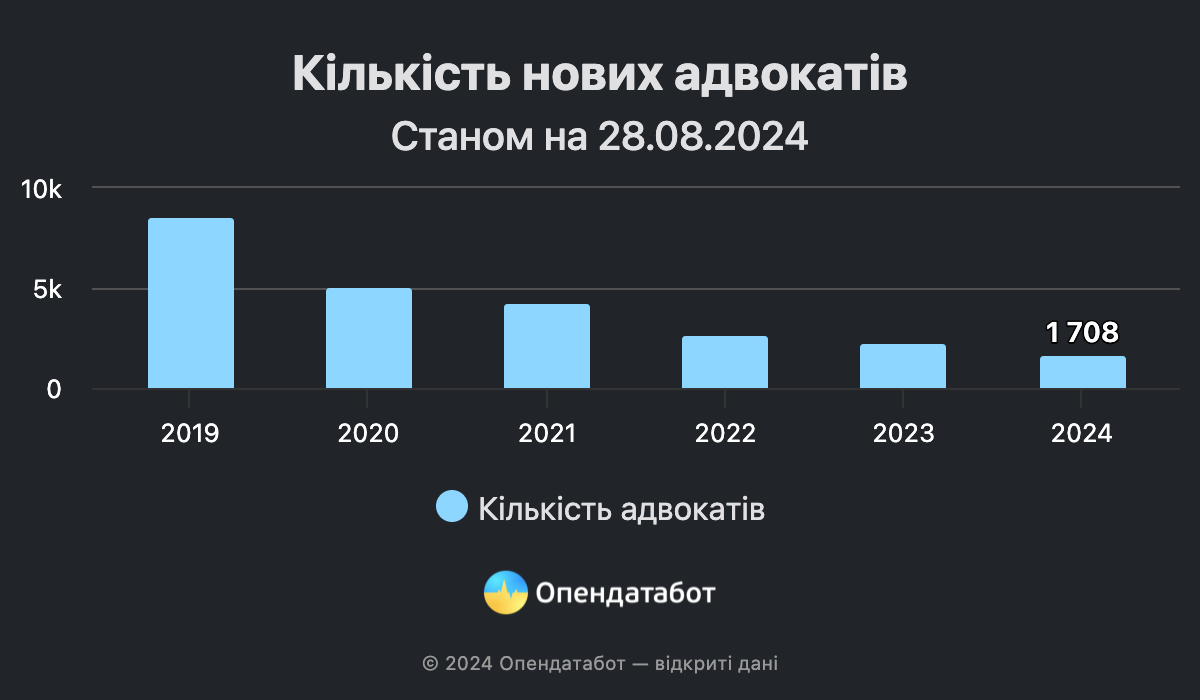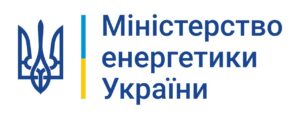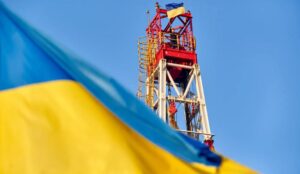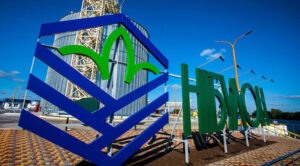
Leading global chipmakers Taiwan Semiconductor Manufacturing Co. and Samsung Electronics Co. are considering building large factories in the UAE to meet future demand for artificial intelligence chips, the Wall Street Journal reported.
According to the newspaper, representatives from these companies recently visited the UAE to discuss building state-of-the-art manufacturing facilities in the coming years.
Plans for these projects are in the early stages, facing significant hurdles, and may not be realized, the paper noted. The total cost of the plants could exceed $100 billion. The projects will be financed by the UAE and its sovereign wealth fund Mubadala.
“We are always open to constructive discussions on ways to promote the semiconductor industry, but we remain focused on our current global expansion projects and currently have no new investment plans” to disclose, a TSMC spokesman told the newspaper.
Samsung did not respond to WSJ’s request for comment.

Almost 4.4 thousand new attorneys have been added to the Registry of Attorneys since the beginning of the full-scale invasion. The Registry now includes more than 53 thousand active lawyers. However, the number of new lawyers is decreasing every year. 60% of all active lawyers are men.
53,361 attorneys are currently listed in the Register of Attorneys as of the end of August 2024. Since the beginning of the full-scale invasion, the Register has been replenished with 4,370 new lawyers.
In general, the number of new lawyers is decreasing every year. While in 2020, 5,124 new lawyers were registered, this year the number is 1,708.
1,773 lawyers have temporarily suspended their activities, and 8 have stopped practicing since the beginning of the full-scale invasion.
There are more men among lawyers in Ukraine – 60% of the total number. The share of women is 40%.
Most lawyers are registered in Kyiv region – 9,127 or 17% of the total number and in Kyiv – 5,682 or 10.6%. They are followed by Dnipropetrovs’k region – 4,016 lawyers (7.5%), Odesa region – 3,992 (7.5%) and Donetsk region – 3,932 lawyers (7.4%).
The largest number of new attorneys’ licenses since the beginning of the full-scale war has been issued in Zakarpattia (+15.%), Vinnytsia (+14.6%), Odesa (+14.6%), and Rivne (+13.8%) regions.
It is worth noting that the place of issuance of the license and the actual place of work of the lawyer may differ.
As a reminder, the Register of Attorneys is available in Opendatabot, where you can find a specialist for your request. There you can easily find out about the workload and productivity of a lawyer, the categories and list of cases he or she handles.
https://opendatabot.ua/analytics/advocates-2024



The Ministry of Energy of Ukraine announced a competitive selection of candidates for three positions of independent members of the supervisory board of Ukrenergo and instructed Ukrenergo to engage a professional consultant on personnel selection.
“The government remains fully committed to ensuring the independence, integrity and compliance with the highest professional standards of the new supervisory board. The selection of all members of the board – four independent and three representatives of the state – is to be completed by December 9,” the ministry said on Friday evening.
As reported, EU Ambassador to Ukraine Katarína Mathernová, regional heads of the European Bank for Reconstruction and Development (EBRD) and the International Finance Corporation (IFC), and the business ombudsman in early September called for stopping the dismissal of the company’s head Volodymyr Kudrytsky until the election of the seventh member of the board.
However, Kudrytsky was dismissed, after which the independent members of the Ukrenergo supervisory board, former ENTSO-E Presidents Daniel Dobbeni and Peder Andreasen, called the dismissal politically motivated and decided to leave the supervisory board early.
In addition, the G7 ambassadors emphasized the importance of quickly organizing a selection procedure according to the standards of the Organization for Economic Cooperation and Development (OECD) for “competent and professional independent experts” to the Ukrenergo supervisory board.

In Ukraine, only 471 thousand hectares are engaged in organic production, they need to increase, because the country keeps the course on deep processing, said the Minister of Agrarian Policy and Food Vitaly Koval at the conference dedicated to the organic market of Ukraine and its prospects.
“Regarding the first: organics is the closest to the settlement of all EU legislative processes. And if we are now among the top five in the supply of organic products to Europe, our task is to become the first. We have the space, the desire and the experience that our people have,” the press service of the Ministry of Agrarian Policy and Food quoted him as saying.
Koval emphasized the importance of exporting finished products, not raw materials. At the same time, they should meet the EU requirements.

After hydraulic fracturing, Ukrgasvydobuvannya JSC (UGV) has increased the flow rate at one of its wells fivefold to more than 100 thousand cubic meters of gas per day, the company’s press service reports.
According to the company, from November 2023 to August 2024, the well operated with a gradual decrease in flow rate from 29 thousand cubic meters to 18 thousand cubic meters of gas per day.
The decision to workover the well was made after calculating the well’s potential and collecting geological and technical information. The well was fractured within 18 days.
As reported, in January-August 2024, UGV increased commercial gas production by 7.2% compared to the same period last year – up to 9.26 bcm. During this period, UGV completed drilling of 62 wells, of which 52 were put into production. Of these, 23 have an initial daily flow rate of more than 100 thousand cubic meters.
In 2023, the company produced 13.224 bcm of commercial gas, which is 0.679 bcm more than in 2022. “In 2023, Ukrgasvydobuvannya launched 86 new wells, 24 of which had an initial flow rate of more than 100 thousand cubic meters.
Naftogaz of Ukraine owns 100% of Ukrgasvydobuvannya shares.

State-owned Oschadbank (Kyiv) and one of the largest grain market operators in Ukraine, JV Nibulon LLC, have agreed on a series of new loan agreements to replenish working capital, which refinance the company’s investments totaling $20.3 million, the first part of this loan program for $13 million has already been signed, the bank’s press service reports.
According to the report, Nibulon will use the funds to restore working capital after investing in the construction of a new transshipment terminal on the Danube. The Bessarabian branch began operations in 2022 and became the main route for exporting agricultural products, which was crucial in the context of the aggressor’s blockade of Ukrainian seaports in previous periods.
“The replenishment of working capital guarantees Nibulon’s ability to fully support the procurement campaign for the 2024/25 season and support the Ukrainian farmer in times of war,” the bank said, adding that after heavy losses and a difficult return to stability, the company was able to gain momentum and develop an ecosystem that will ensure sustainable food security.
“Nibulon has been a long-standing and reliable partner for us for over 6 years. It is one of the pillars of the country’s food potential, including exports. To date, the company’s total loan portfolio in Oschad is already almost UAH 2 billion. Given that Oschadbank has a high level of liquidity, we are ready to continue financial support for Nibulon in all its initiatives to restore its leadership positions in global markets lost due to the full-scale war,” said Yuriy Katsiyon, Deputy Chairman of the Board of Oschadbank in charge of corporate business, during the signing of the agreement.
The agroholding noted that the support of the real economy by state-owned banks is evidence of the government’s consistent adaptation of its policy to the conditions of a full-scale war and its real focus on helping businesses.
“We see changes. We see a targeted state policy of supporting domestic business in action. This is a direct recognition of the critical role of strategic enterprises for the further development of Ukraine and a guarantee of our successful future,” said Andriy Vadatursky, CEO of Nibulon. Andriy Vadatursky, CEO of Nibulon.
“We are grateful to Oschadbank for its systematic and consistent support of us, representatives of companies in the sector that ensures the country’s food security. At the very beginning of the full-scale war, Oschadbank provided Nibulon with additional funding for the 2022/2023 sowing campaign to prevent a food crisis that the aggressor was trying to create. In 2023, Oschadbank was one of the first to restructure Nibulon’s pre-war loan to support the company, which suffered losses due to the destruction of infrastructure during the hostilities, the blocking of sea routes from the port of Mykolaiv, and the forced reorientation to other logistics routes. And now we have new funding that we will use for the procurement campaign to support small and medium-sized agricultural producers,” said Vitalina Marchenko, Head of Nibulon’s Banking Department.
As reported earlier, Nibulon Group has more than 25 Ukrainian and foreign creditors, with the vast majority of whom have already signed restructuring agreements.
Nibulon JV LLC was established in 1991. Prior to the Russian military invasion, the grain trader had 27 transshipment terminals and crop reception complexes, capacity to store 2.25 million tons of agricultural products at a time, a fleet of 83 vessels (including 23 tugs), and owned the Mykolaiv Shipyard.
“Before the war, Nibulon cultivated 82 thousand hectares of land in 12 regions of Ukraine and exported agricultural products to more than 70 countries. In 2021, the grain trader exported the highest ever 5.64 million tons of agricultural products, reaching record volumes of supplies to foreign markets in August – 0.7 million tons, in the fourth quarter – 1.88 million tons, and in the second half of the year – 3.71 million tons.
Nibulon’s losses due to Russia’s full-scale military invasion in 2022 exceeded $416 million.
Currently, the grain trader is operating at 32% of capacity, has created a special unit to clear agricultural land of mines, and has been forced to move its headquarters from Mykolaiv to Kyiv.
According to the National Bank of Ukraine (NBU), as of July 1, 2024, Oschadbank ranked 2nd (UAH 435.06 billion) in terms of total assets among 62 banks in the country. Last year, the financial institution’s net profit amounted to UAH 5.98 billion.